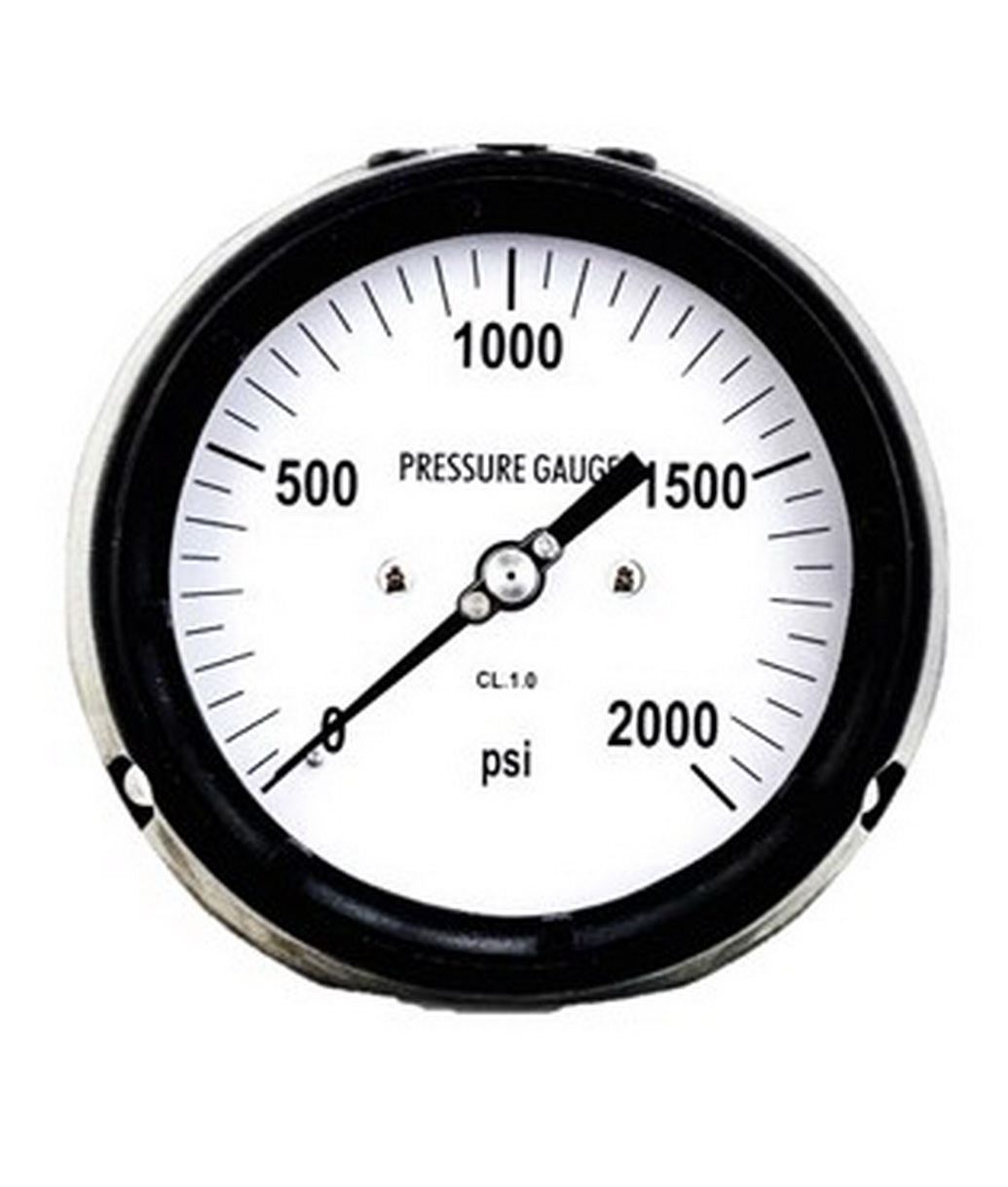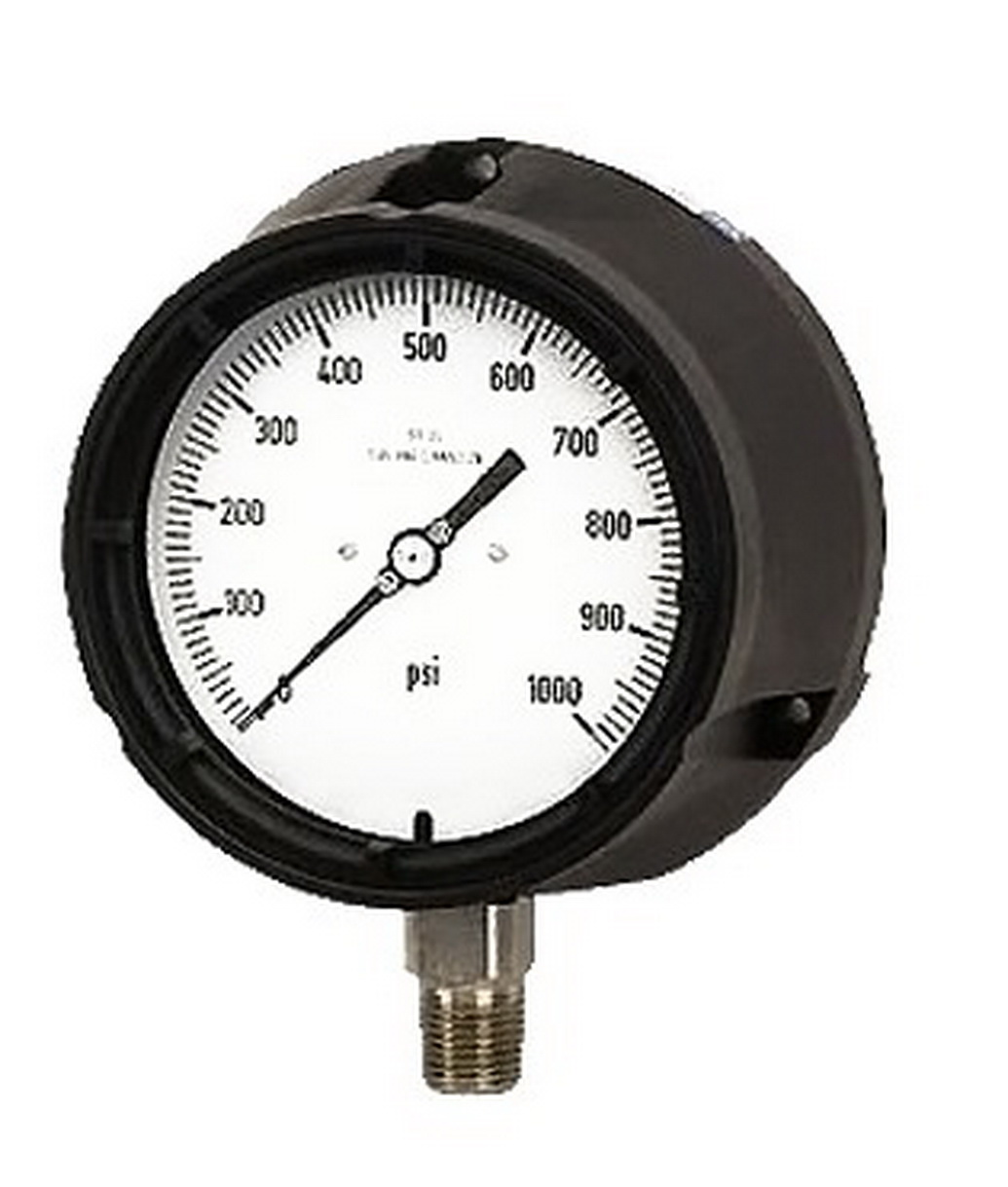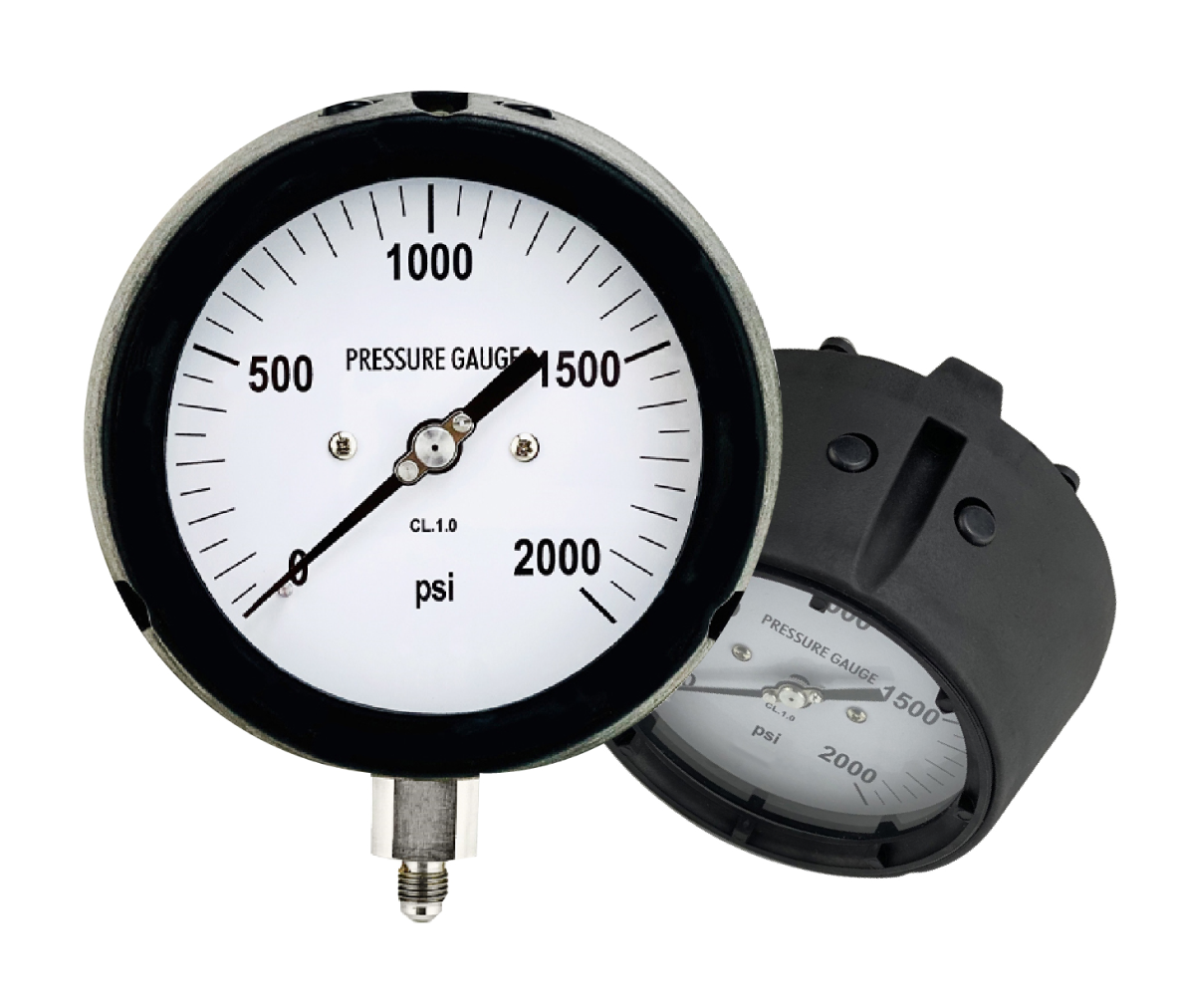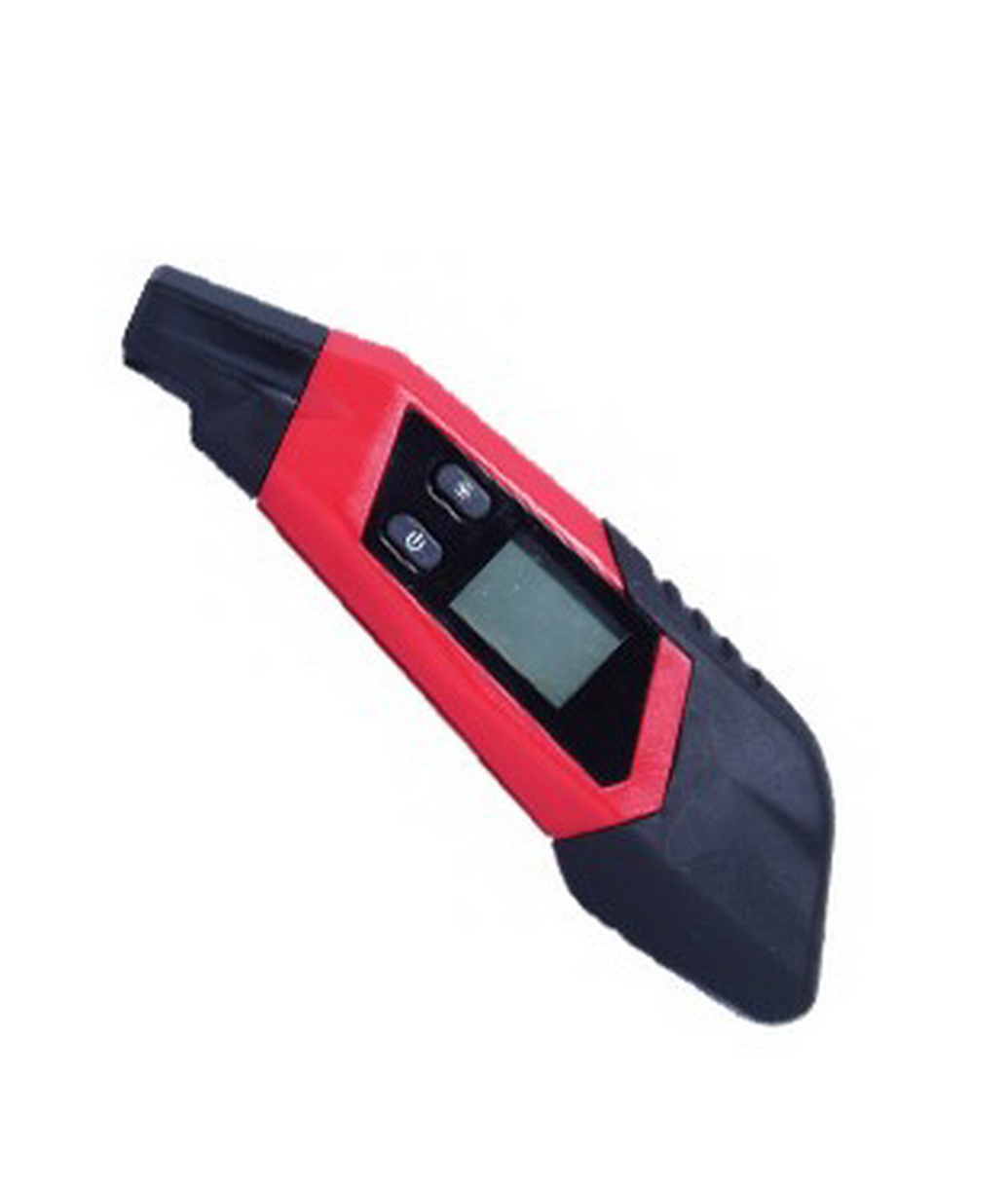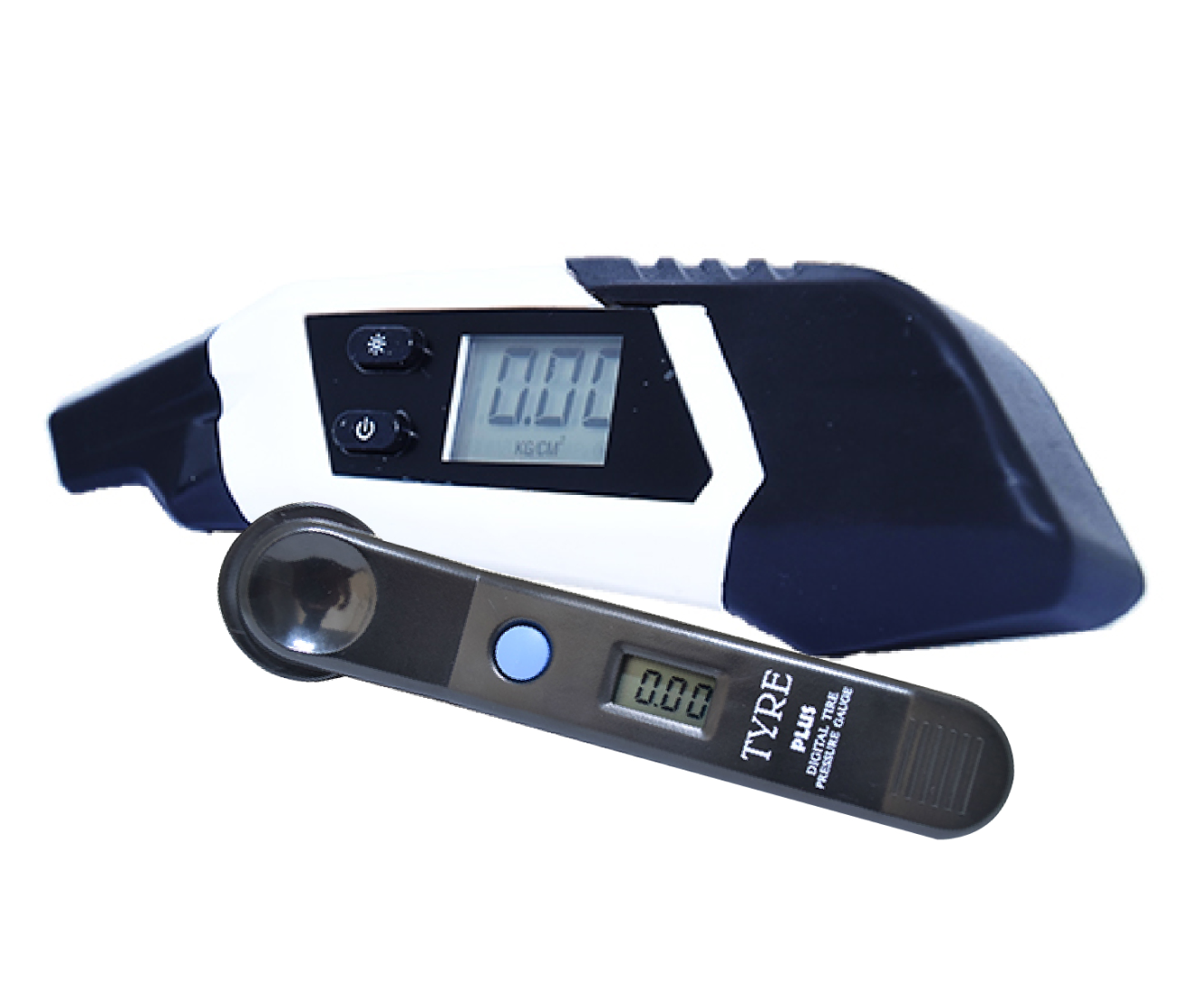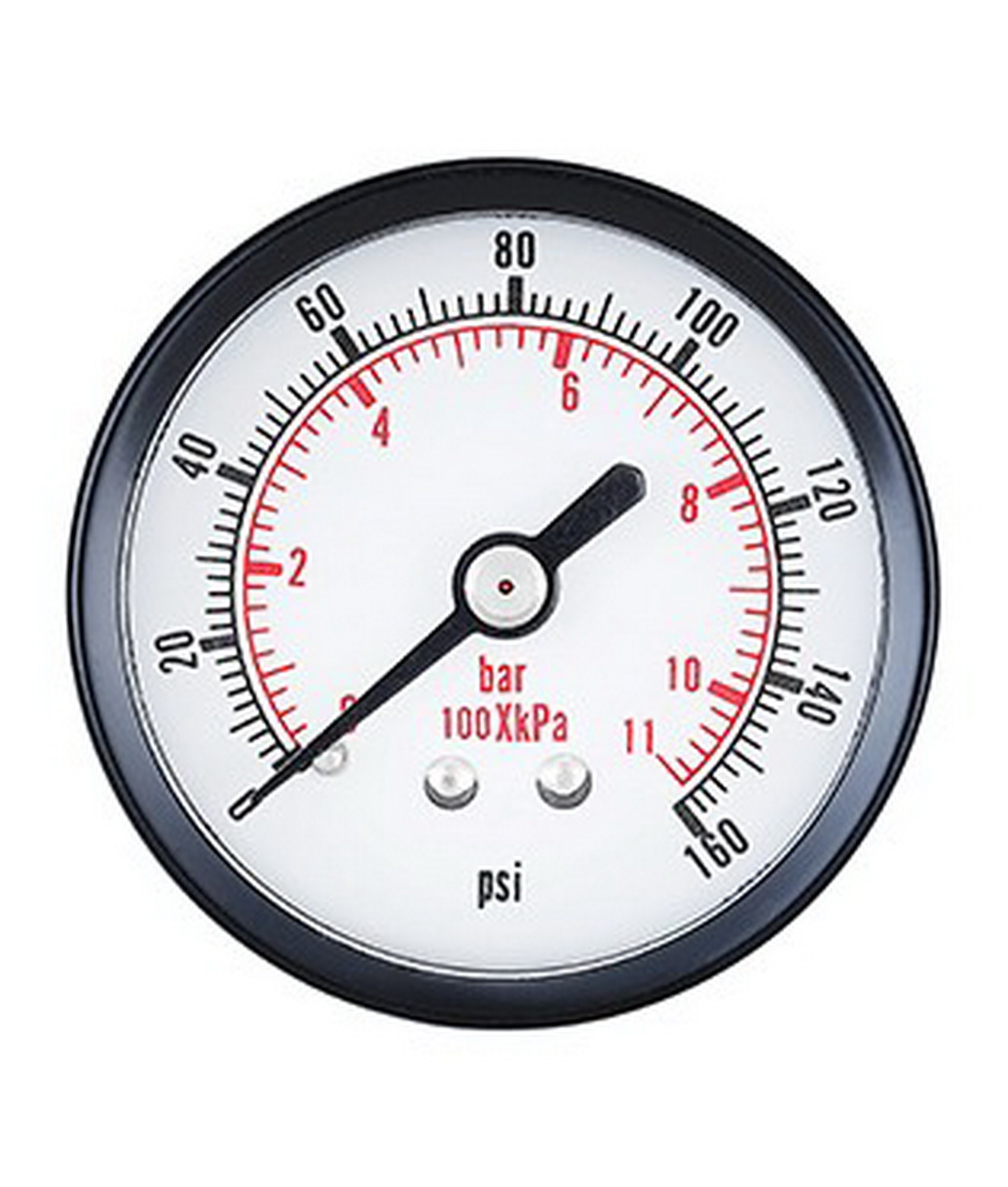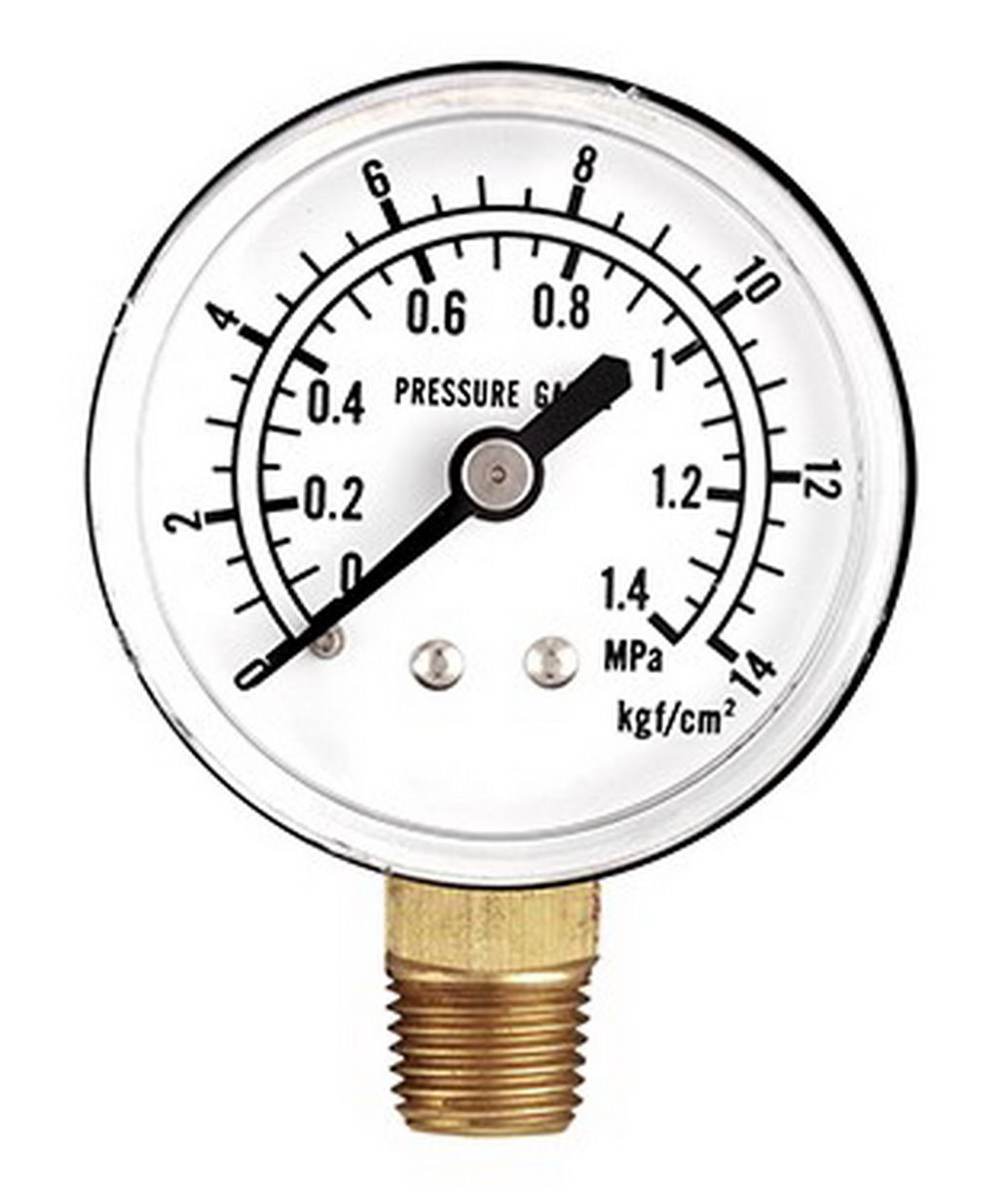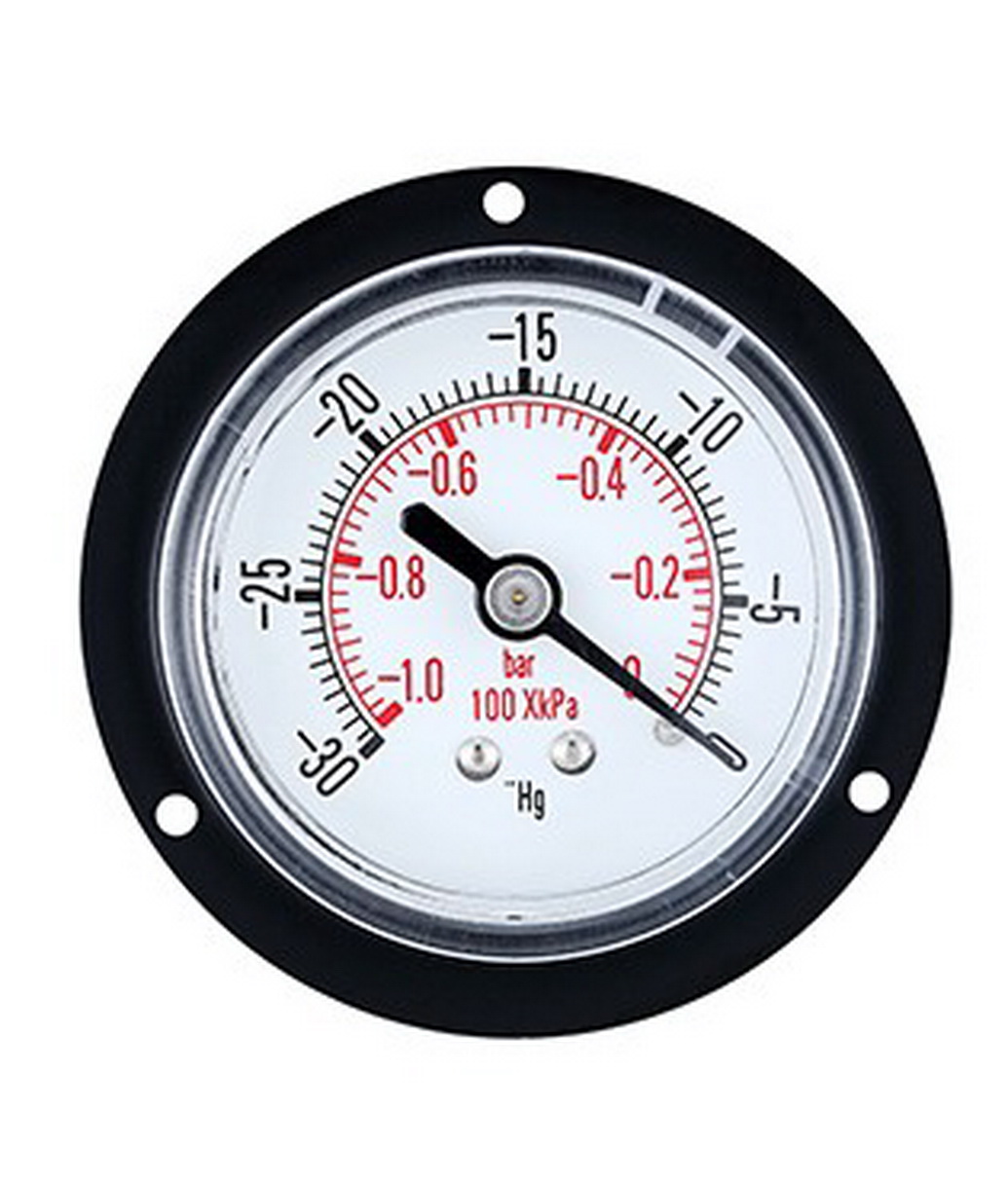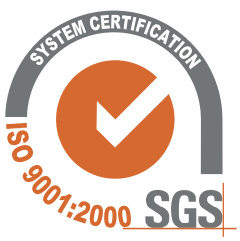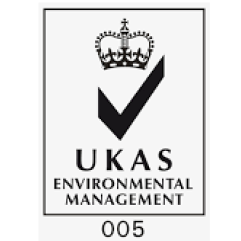In a world where details count, tyre pressure’s role in vehicle performance is crucial. It’s not just a routine check. It impacts how your car handles, fuel use, safety, and how long your tyres last. Let’s delve into how this small detail makes a big difference. We’ll see why keeping the right tyre pressure matters so much.
Key Takeaways:
- Tyre pressure affects vehicle handling, fuel efficiency, safety, and tyre wear.
- Maintaining optimal tyre pressure is crucial for optimal performance.
- Incorrect tyre pressure can compromise vehicle stability and control.
- Under-inflated and over-inflated tyres can lead to reduced fuel efficiency.
- Proper tyre pressure contributes to even tyre wear and extends tyre life.
The Crucial Role of Tyre Pressure in Vehicle Handling and Stability
Tyre pressure is key to managing how a car drives and stabilises. It’s important to know how tyre pressure and car movement work together. This understanding shows how inflation impacts the quality of driving.
Having the wrong tyre pressure can affect driving. It might reduce how well you control the car. So, it’s crucial to keep the right tyre pressure for better stability and performance.
Interaction Between Tyre Pressure and Vehicle Dynamics
The link between tyre pressure and how a car handles is complex. Proper inflation helps with tyre wear, grip on the road, and how the vehicle reacts. With the right tyre pressure, tyres touch the road perfectly, ensuring good traction and control.
But, tyres that are not inflated right can mess up how the car moves. Tyres with not enough air can bend too much and make the car less stable. Tyres with too much air lose grip and make the ride bumpier.
Implications of Incorrect Tyre Inflation on Handling Quality
Wrong tyre pressure is bad for how a car drives. If tyre pressure is not as recommended, tyres might not grip well. This makes it hard to turn corners, avoid sudden obstacles, or keep stable when speeding up or stopping quickly.
Also, incorrect tyre pressure can make tyres wear out unevenly. This may lead to vibrations and a less stable car. It makes skidding or losing grip more likely in tough driving situations.
Optimal Tyre Pressure for Enhanced Vehicle Stability
It’s important to keep tyre pressure just right for the best stability. The ideal tyre pressure is often in the car’s manual or on a sticker by the driver’s seat.
Checking and adjusting tyre pressure regularly is key. Conditions like load, temperature, and terrain affect what the pressure should be. Proper inflation helps the car handle bumps better, leading to a smoother drive.
Keeping the right tyre pressure means better handling, more control, and improved stability. It makes driving safer and more enjoyable.
Tyre Pressure Affects Vehicle Performance
Correct tyre pressure is key for the best vehicle performance. It affects handling, stability, fuel use, and safety. It’s vital for drivers to keep the right tyre pressure.
Tyre pressure affects how a car handles and stays stable. The right pressure lets tyres touch the road properly. This means better traction and grip. It makes turning corners and staying in control easier, even on tough roads.
Low tyre pressure means more fuel use. It makes the engine work harder. But if tyres are too full, they wear out faster and use more fuel too. Keeping the right pressure helps save fuel and protects the environment.
Safe driving depends on tyre pressure too. The right amount means better braking and shorter stopping distances. It also helps keep the car stable, reducing accident risks and increasing control in emergencies.
In short, tyre pressure greatly influences how well a car performs. It impacts handling, fuel use, and safety. Checking and adjusting tyre pressure regularly helps drivers enjoy a better ride and longer-lasting tyres.
Impact of Tyre Inflation Levels on Road Grip and Driving Performance
Tyre inflation levels are key to tyre performance, affecting road grip and driving. The tyre’s contact patch with the road is influenced by air pressure. This impacts traction and how well the vehicle drives.
Understanding the Contact Patch: Tyre-Road Interaction
The contact patch is where the tyre meets the road. It’s crucial for grip. Tyre air pressure changes its size and shape. Too little air means a wider patch and less grip, while too much air shrinks it, also reducing grip.
The Influence of Tyre Air Pressure on Traction
Traction lets tyres hold onto the road, giving the vehicle stability. The right tyre pressure keeps the contact patch ideal for maximum grip. But, wrong pressure lowers traction, raising risks in wet or slippery conditions.
Correlation Between Road Grip and Driving Safety
Good road grip means safer driving. It lets the vehicle react well to actions like steering and braking. This keeps manoeuvring safe and lowers accident risks. Poor grip, from wrong tyre pressure, worsens control and safety.
Keeping tyre inflation right is vital for grip and driving. Knowing how the contact patch and pressure affect grip and safety helps drivers. It lets them improve their vehicle’s safety and performance on the road.
How Under-Inflated and Over-Inflated Tyres Compromise Fuel Efficiency
Tyre pressure is vital for fuel efficiency. Both too little and too much air in tyres affect fuel use. The right amount of air in tyres helps cars use fuel better.
Under-inflated tyres make cars use more fuel. If tyres don’t have enough air, they bend more. This makes the car use more fuel because the engine must work harder.
Over-inflated tyres also harm fuel efficiency. Too much air makes less of the tyre touch the road. This means the car needs more power to keep going and stay steady. Also, tyres with too much air wear out wrongly. This can make them last less long.
Keeping tyres at the right pressure is key. It makes sure your car uses fuel well and saves you money. Check and adjust your tyres’ air often, as the car maker suggests. This keeps your car running well and saves fuel.
| Under-Inflated Tyres | Over-Inflated Tyres |
|---|---|
| Increased rolling resistance | Reduced traction and grip on the road |
| Higher fuel consumption | Uneven tyre wear |
| Engine works harder to overcome resistance | Reduced fuel efficiency |
The Importance of Correct Tyre Pressure for Vehicle Longevity and Tyre Wear
Correct tyre pressure is key for tyres to last long and wear evenly. If tyres are not inflated right, they wear unevenly. This not only shortens their life but also affects car safety. Keeping the right tyre pressure boosts car performance and safety.
Contributions of Tyre Pressure to Even Tread Wear
Having the right tyre pressure ensures tread wears evenly on all tyres. Too low or high pressure causes tyres to wear out unevenly. This leads to less grip, poor handling, and a shorter tyre life.
Keeping the correct pressure helps tyres wear evenly and last longer.
Extending Tyre Life Through Proper Inflation
Right tyre pressure is crucial to make tyres last longer. If tyres are under-inflated, they bend too much, creating heat and wearing out quickly. Over-inflated tyres wear out the middle part faster due to less road contact.
By keeping tyres at the ideal pressure, wear is reduced, tyre life is extended, and money is saved.
The Economic Benefits of Maintaining Optimal Tyre Pressure
Keeping tyres properly inflated saves money for drivers. Proper pressure improves fuel efficiency and cuts fuel use. Under-inflated tyres make the engine work harder, using more fuel. Over-inflated tyres wear faster and also lower fuel efficiency.
Correct pressure prolongs tyre life, saving money on tyre changes.
Analyzing the Safety Implications of Tyre Pressure on Braking Performance
Tyre pressure is vital for good braking and safety. Knowing how it affects braking distance and stopping power helps drivers. Keeping the right tyre pressure boosts braking and lowers accident risks.
Role of Tyre Pressure in Shortening Braking Distance
Braking distance and tyre pressure are closely related. Too much air means less tyre touches the road, making braking worse. Too little air makes tyres roll harder, slowing down braking. The right amount of air ensures good tyre-road contact for effective braking.
Ensuring Adequate Stopping Power Through Tyre Maintenance
Looking after your tyres, including keeping them properly inflated, is key. Wrong pressure lessens road grip and braking power. In emergencies, this might mean tires can’t stop fast enough, risking accidents. Check tyre pressure often to keep stopping power high for sudden stops.
The Connection Between Tyre Pressure and Emergency Maneuvering
Tyre pressure affects emergency moves too. Proper air pressure means better grip and control for sudden swerves. Wrong pressure leads to hard-to-predict handling, less stability, and accidents in emergencies. By keeping tyres correctly inflated, drivers improve maneuvering and safety in crises.
Comfort and Ride Quality: The Effects of Tyre Pressure on Vehicle Suspension
Tyre pressure does more than affect performance. It also changes how comfortable and smooth your ride is. The right tyre pressure keeps the suspension performing well. This makes the ride smoother and more comfortable.
High tyre pressure makes tyres hard. This sends more vibrations from the road through the suspension to you. You’ll feel every little bump, making the ride rough. With low pressure, tyres are too soft. They can’t absorb bumps well, leading to a bumpy, uncomfortable ride. This can make you tired on long trips.
Having the correct tyre pressure means the suspension works its best. This makes your journey smoother and nicer. The right pressure lets the suspension smooth out road bumps. This cuts down on vibrations, making driving more pleasant.
Also, the right tyre pressure improves how the car feels on the road. It spreads the car’s weight evenly across the tyres. This means better grip and steadiness. So, you get a comfier ride. Better tyre contact with the road leads to smoother starts, stops, and turns.
Keeping the right tyre pressure is key for a comfortable, quality ride. It ensures the suspension system is at its best. So, drivers enjoy smoother and nicer journeys. This reduces tiredness and boosts the joy of driving.
| Effects of Tyre Pressure on Vehicle Suspension |
|---|
| Increased comfort and reduced road vibrations |
| Improved ability to absorb road irregularities |
| Reduced jarring and bumps during driving |
| Enhanced grip and stability |
| Minimized vibrations for a smoother ride |
Monitoring and Correcting Tyre Pressure: Tools and Techniques for Optimal Performance
Introduction to Digital Tyre Pressure Gauge
A digital tire pressure gauge is a tool used to measure the air pressure within a vehicle’s tires. Unlike traditional analog gauges, which rely on a mechanical mechanism to display pressure, digital gauges utilize electronic sensors and a digital display to provide accurate readings.
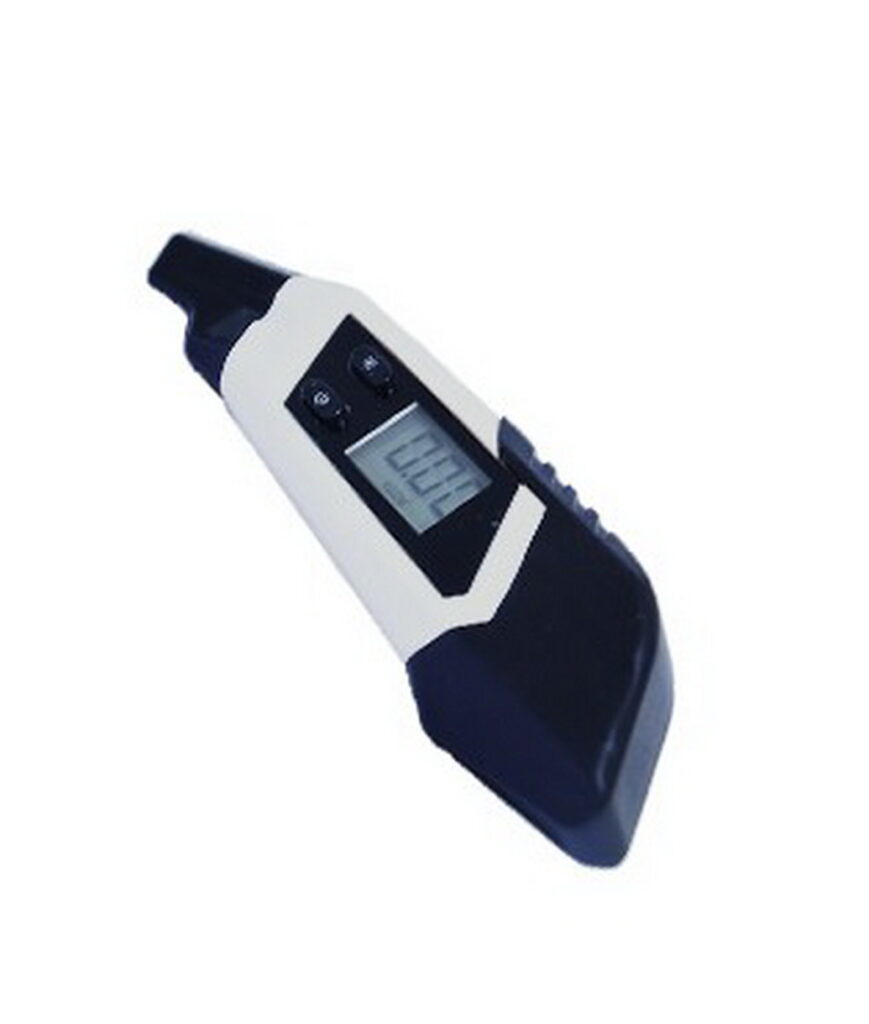

Techniques for Accurate Tyre Pressure Adjustment
Getting the tyre pressure correct is key. Here’s how to do it accurately:
- A good tyre pressure gauge is a must. You can choose manual or digital, but it needs to give precise readings. This way, you can adjust your tyre pressure accurately.
- Always check tyre pressure when they’re cold. Temperature changes can affect pressure. Cold checks give the most reliable readings.
- Follow your vehicle’s recommended tyre pressure. You’ll find it in the owner’s manual or on a label by the driver’s seat. This ensures your tyres perform well and stay safe.
- Inflate or deflate your tyres slowly. Check the pressure after each adjustment. This careful approach helps prevent mistakes, like over or under-inflation.
Best Practices for Regular Tyre Pressure Checks and Maintenance
Staying on top of tyre pressure and condition is crucial. Follow these tips to keep your tyres at their best:
- Check your tyre pressure regularly, at least once a month or before long trips. It helps spot any issues early on.
- Look over your tyres for damage, like cuts or bulges, during your checks. Fix any problems straight away.
- Rotate your tyres as recommended to wear them evenly and extend their life.
- Keep an eye on tyre tread depth. Replace your tyres before they wear down too much, to maintain good traction.
- If you’re unsure about tyre pressure or find tyre issues, go to professionals. A reputable tyre service can offer expert advice and help.
| Common Tools for Monitoring Tyre Pressure | Pros | Cons |
|---|---|---|
| Digital Tyre Pressure Gauge | – Provides accurate digital readings – Easy to use |
– Requires battery power – May be more expensive than manual gauges |
| Portable Air Compressor | – Convenient for on-the-go inflation – Can be used for multiple vehicles or inflatables |
– May require frequent calibration – Quality varies between models |
Conclusion
Tyre pressure is key to how well your car drives, including how it handles and uses fuel. It’s also important for safety and comfort. Everyone who drives should know how vital the right tyre pressure is. This piece has shown how tyre pressure affects your car and how to keep it right.
Keeping an eye on tyre pressure can improve how your car performs. It means better control, more miles from your fuel, and safer trips. It also makes your tyres last longer, saving you money. Plus, the right tyre pressure makes for a smoother ride, thanks to better suspension.
Using tools like Digital Tyre Pressure Gauge can help you keep the right pressure. Doing this ensures your car works well, keeps you safe, and lasts longer. So, it’s wise to check your tyre pressure often to get all these benefits.

